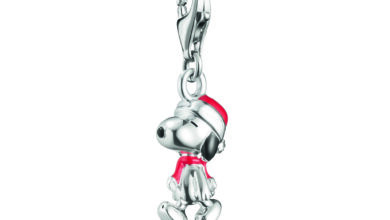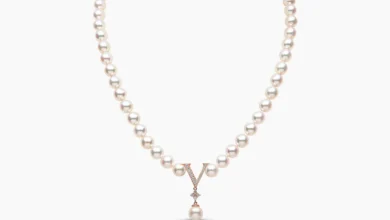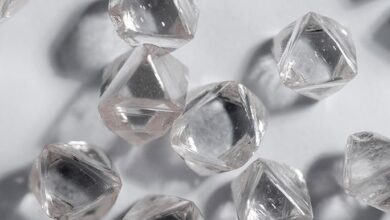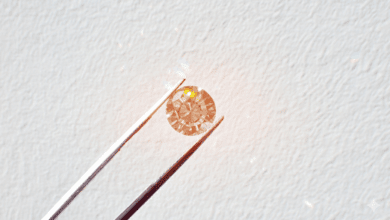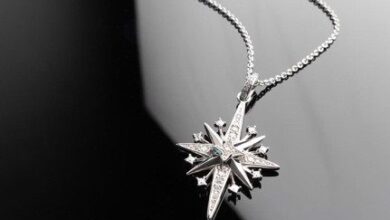De Beers swings to $189m loss in H1 as prices and demand weaken
Rough diamond production also dropped 23% to 10.2 million carats, down from 13.3 million carats a year earlier, as the group scaled back output in response to weaker demand and elevated inventory levels
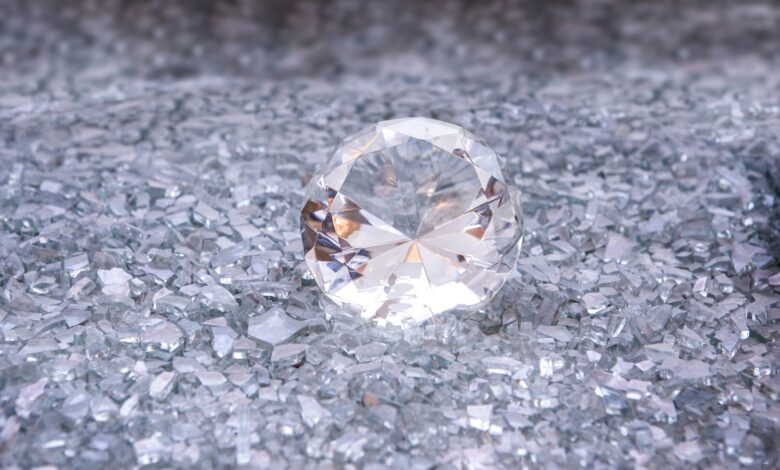
Register to get 1 free article
Reveal the article below by registering for our email newsletter.
Want unlimited access? View Plans
Already have an account? Sign in
De Beers has posted an adjusted EBITDA loss of $189m (£142.9m) for the first half of 2025, compared with a $300m (£226.9m) income during the same period in 2024.
The group said the loss was driven by a falling rough diamond price index and the sale of specific assortments at lower margins due to stock rebalancing measures.
De Beers’ revenue also declined to $2.0bn (£1.51bn), down from $2.2bn (£1.66bn) in the first half of 2024, while rough diamond sales fell 13% to $1.7bn (£1.29bn), reflecting subdued demand and lower realised prices.
Additionally, the consolidated average realised price slipped 5% to $155 (£117.2) per carat, affected by a 14% decline in the average rough price index. This was partially offset by increased demand for higher-value stones in the second quarter.
Rough diamond production also dropped 23% to 10.2 million carats, down from 13.3 million carats a year earlier, as the group scaled back output in response to weaker demand and elevated inventory levels.
In Botswana, output fell 26% to 7.2 million carats following planned production cuts at Jwaneng and Orapa, extended maintenance at Orapa, and the placing of Letlhakane Tailings Treatment Plant on care and maintenance.
Meanwhile, production in Namibia and South Africa remained flat at 1.2 million and 1.1 million carats respectively.
In Namibia, lower output at Debmarine was balanced by higher-grade mining and better recoveries at Namdeb. In South Africa, the Venetia underground project continued to yield lower volumes than prior open-pit operations, although De Beers expects output to grow as the project progresses.
In Canada, production also dropped 43% to 0.8 million carats due to the planned treatment of lower-grade ore.
The group said that it had continued to deliver its Origins strategy, aimed at boosting the appeal of natural diamonds through strategic partnerships and targeted marketing. It also reaffirmed its commitment to cost-saving targets and ongoing brand repositioning under the De Beers London label.
Looking ahead, the company said near-term trading conditions remain subdued due to tariff-related uncertainty and broader geopolitical and macroeconomic risks. However, it noted growing demand for verified provenance, supported by its blockchain traceability platform Tracr.
De Beers maintained its 2025 production guidance at 20–23 million carats and a unit cost guidance of around $94 (£71.11) per carat. The first half unit cost of $87 (£65.8) per carat was below guidance, attributed to mine sequencing at Venetia and maintenance scheduling at Debmarine Namibia.
De Beers said: “Rough diamond trading conditions remained challenging in the first half of 2025 as both the diamond midstream and downstream adopted a cautious approach to restocking amid broader market uncertainty, coupled with continued surplus polished inventory in the midstream.”


